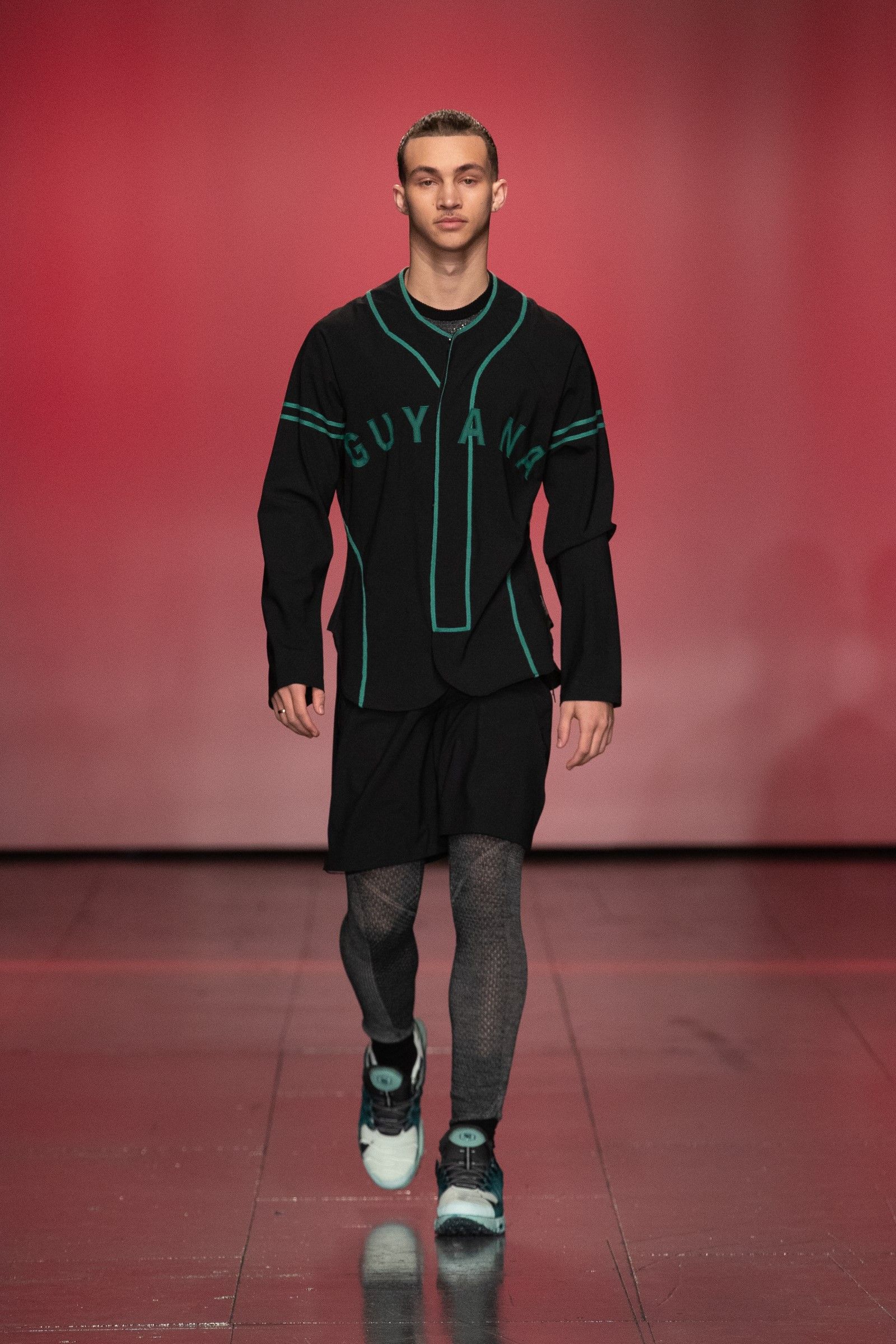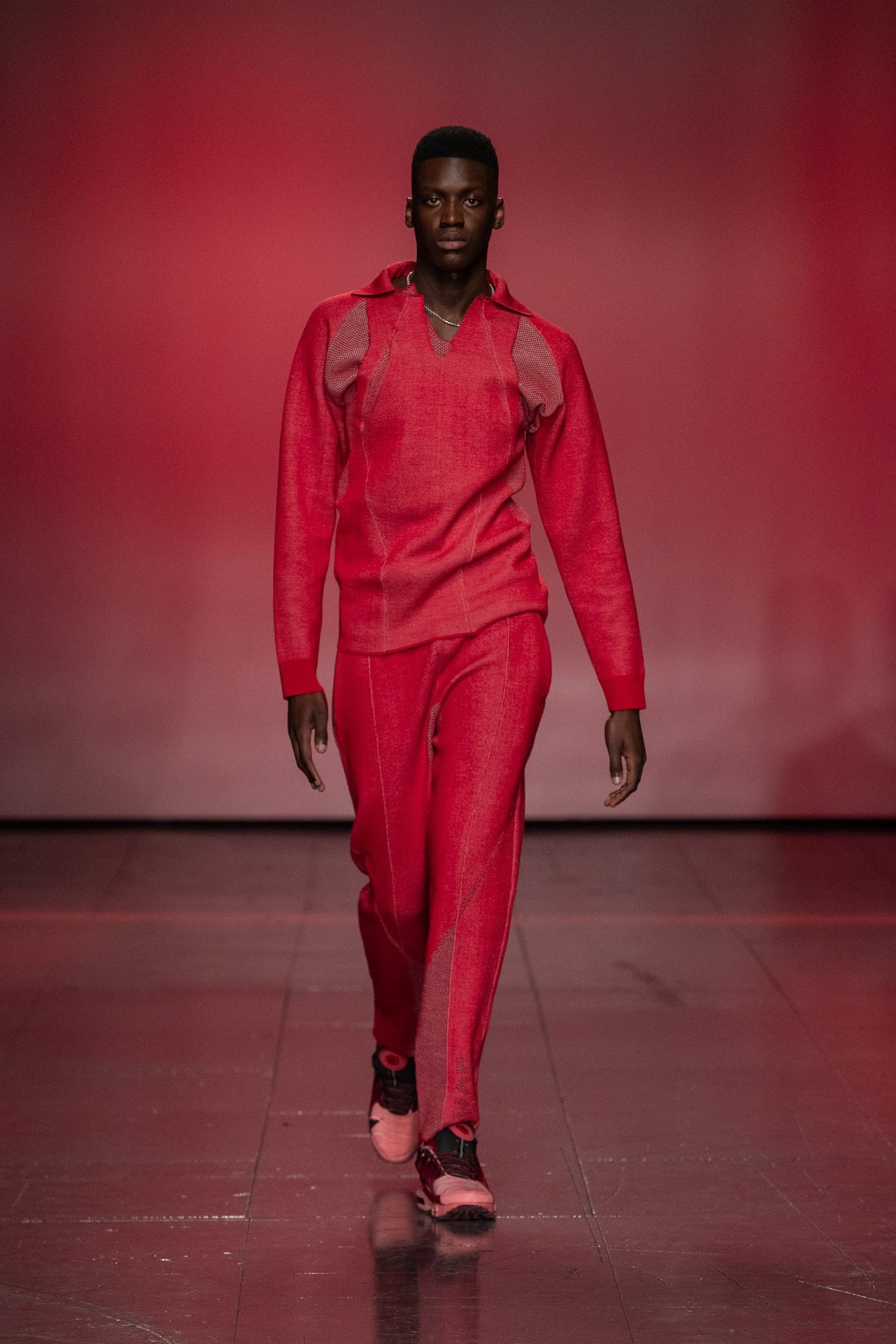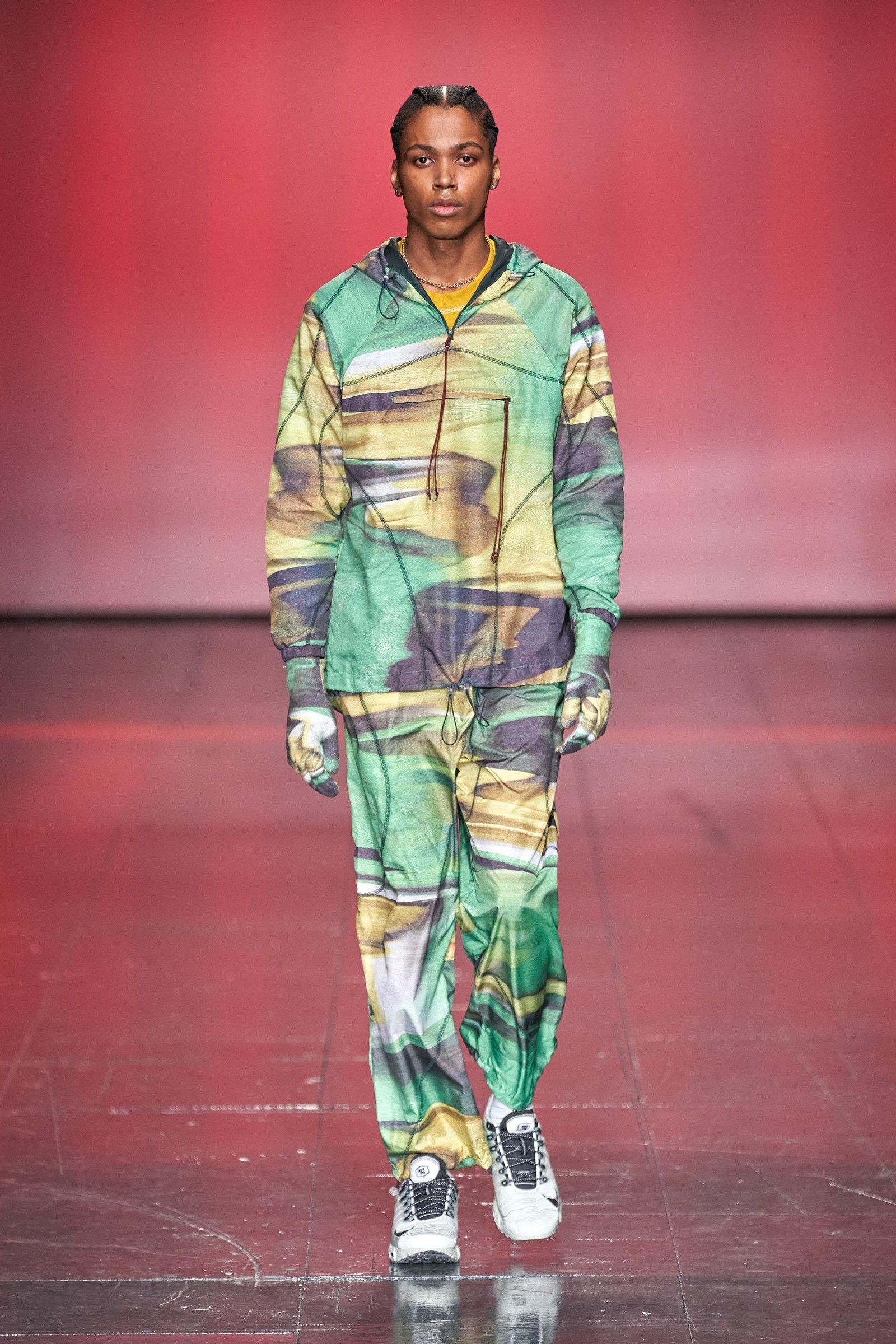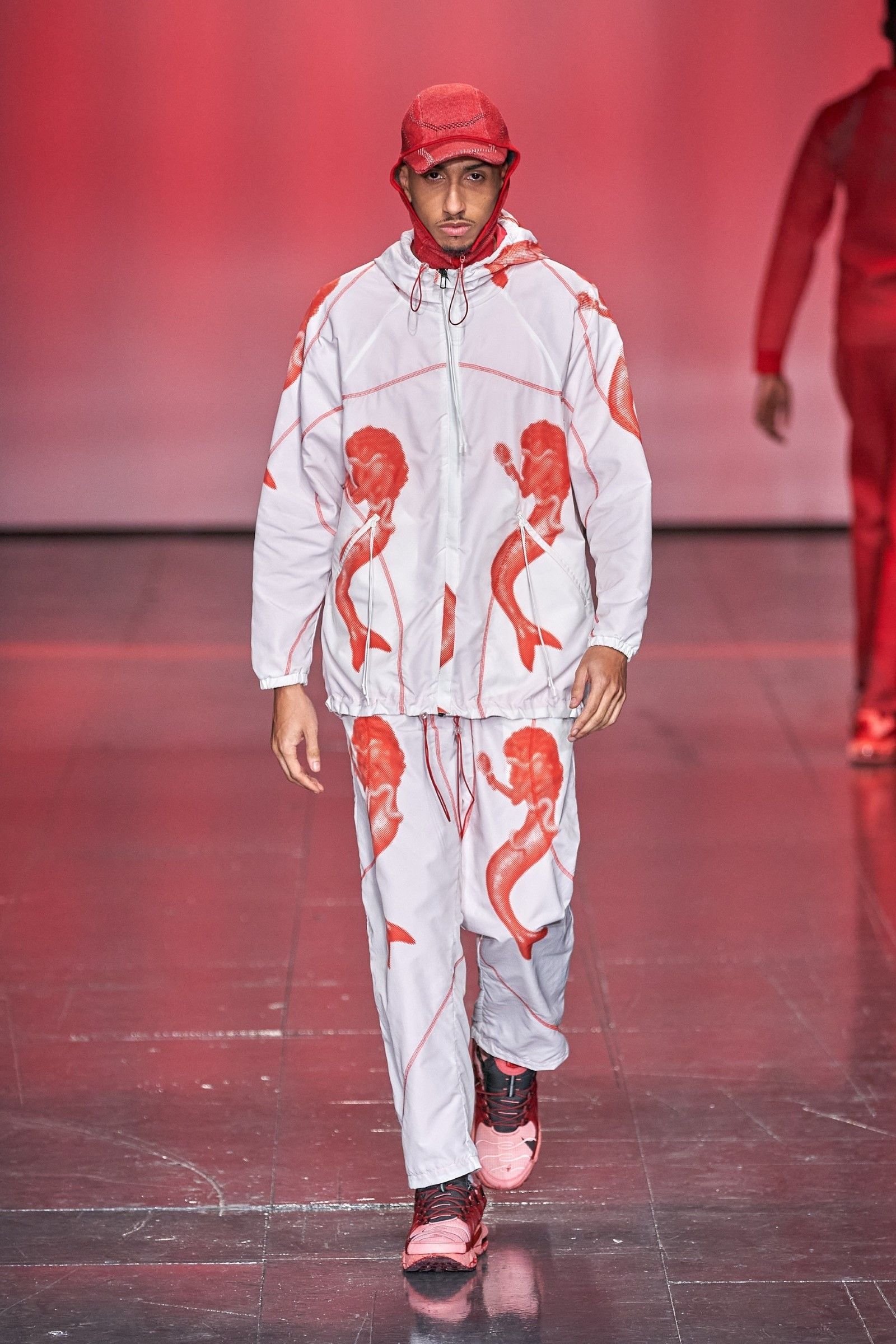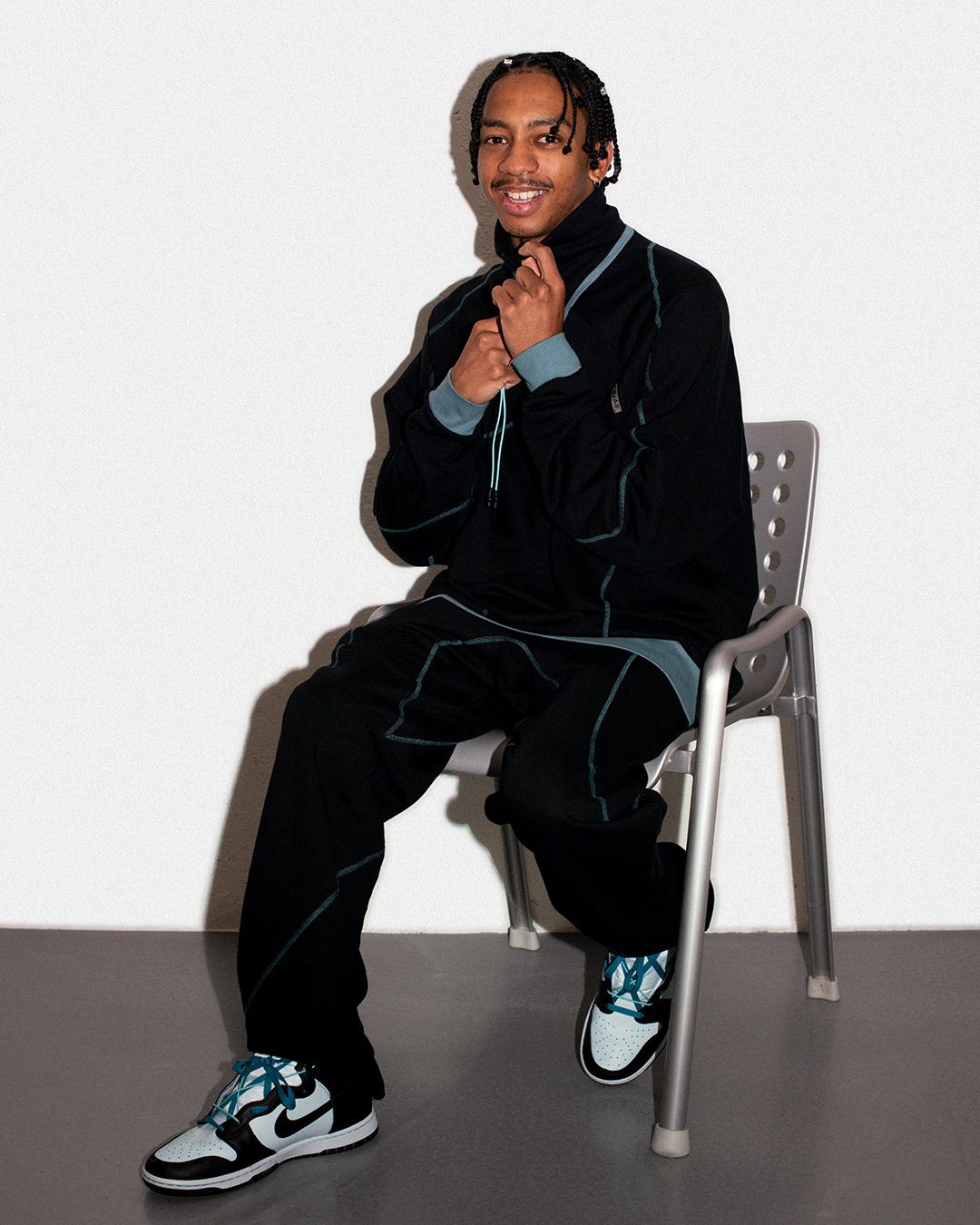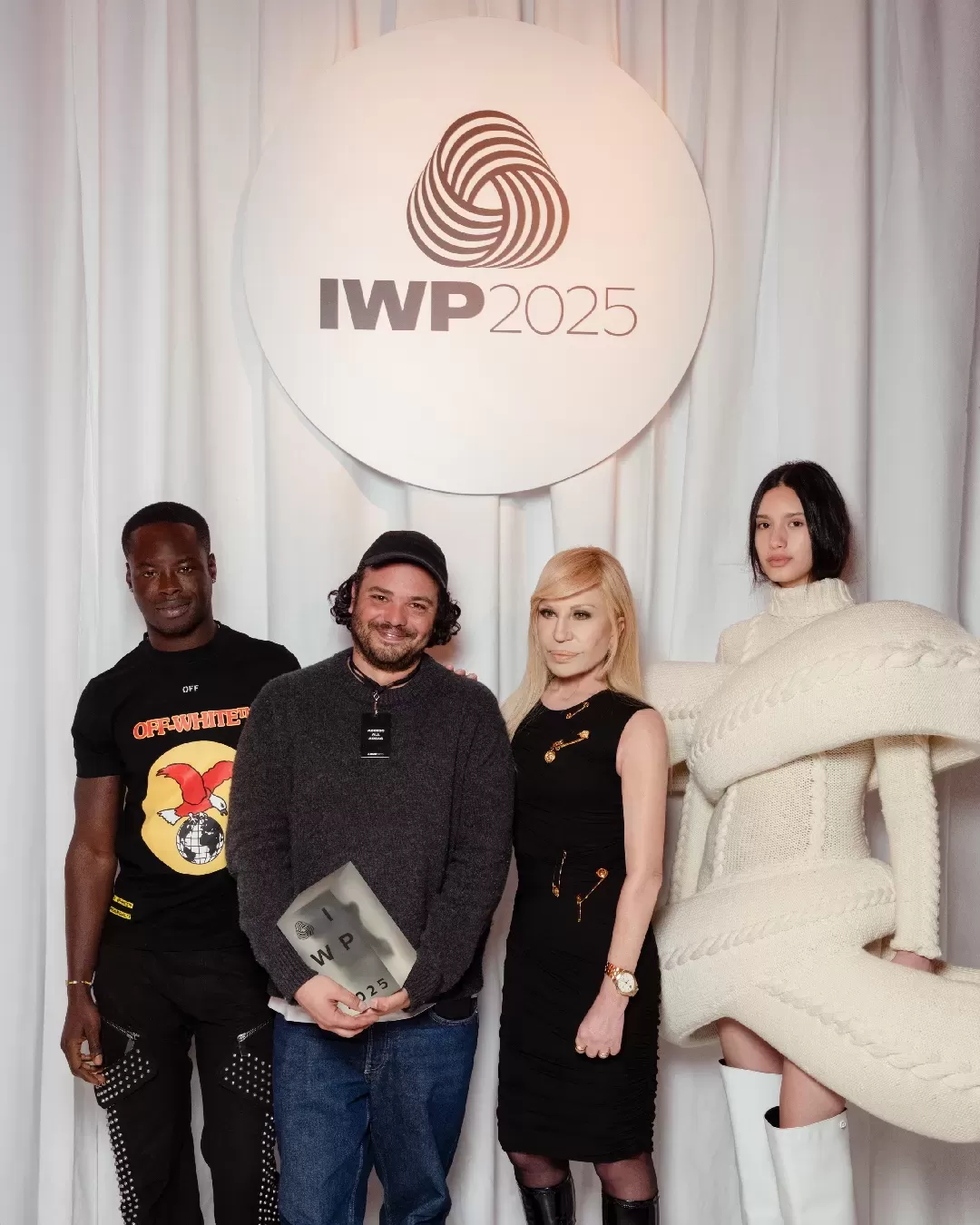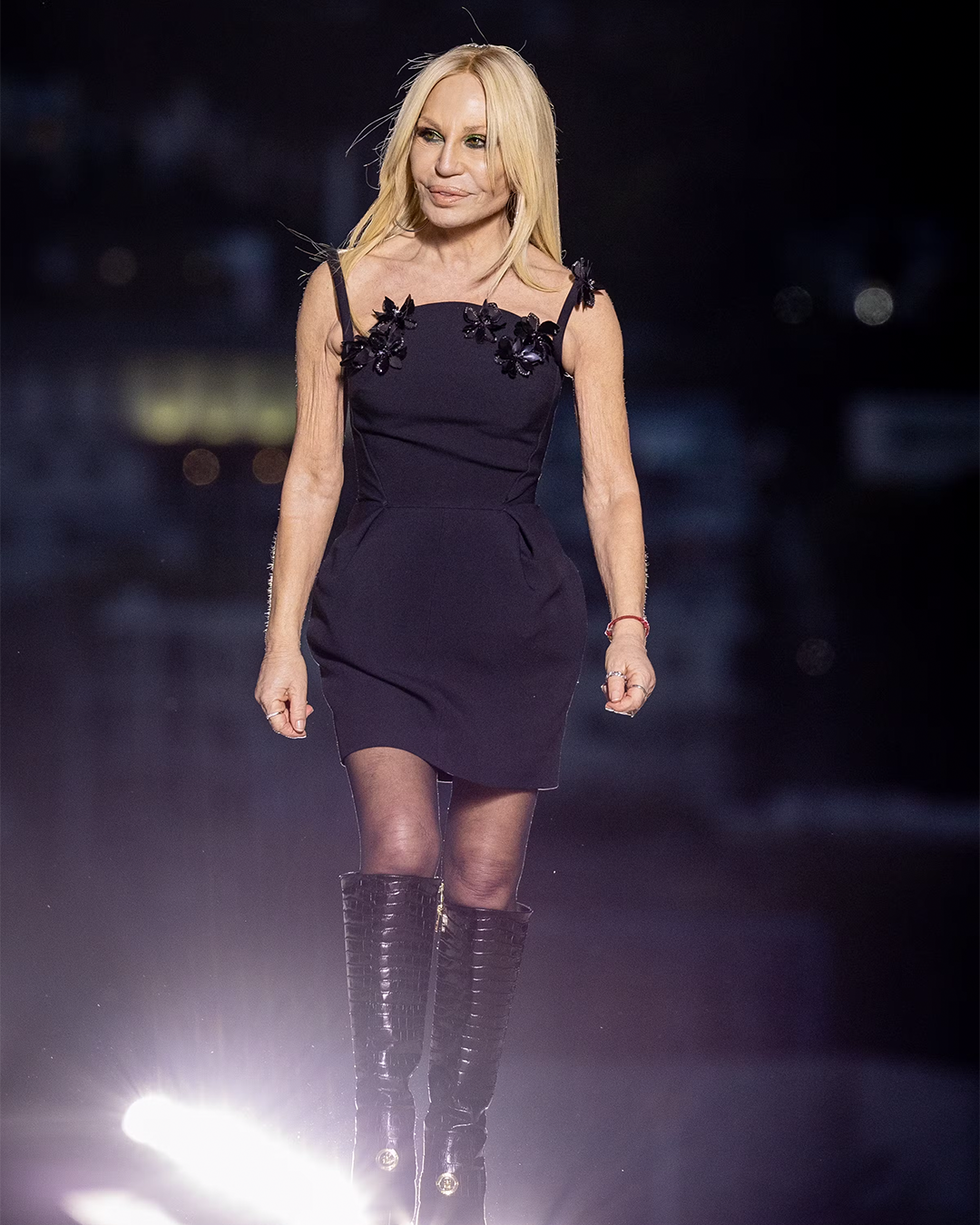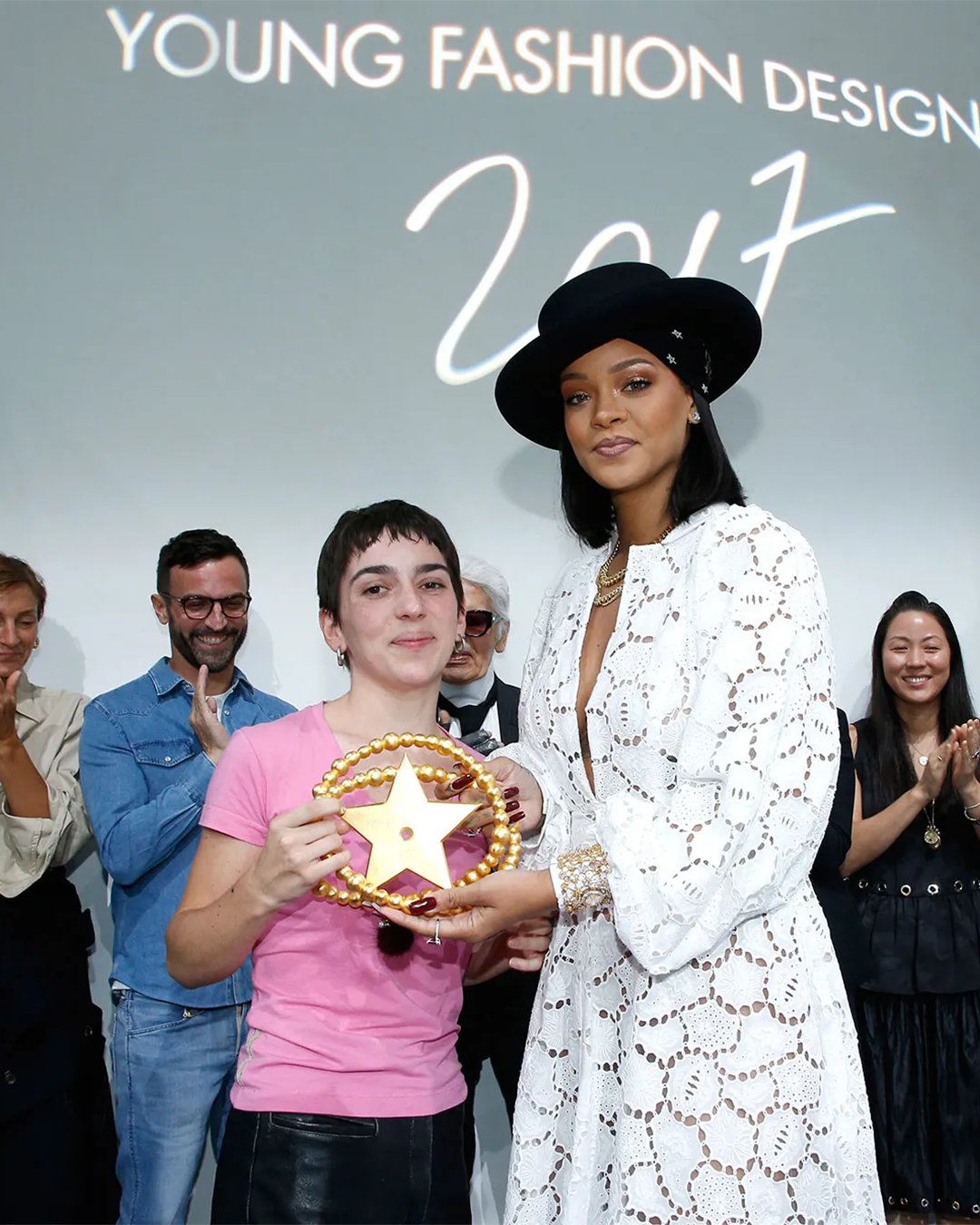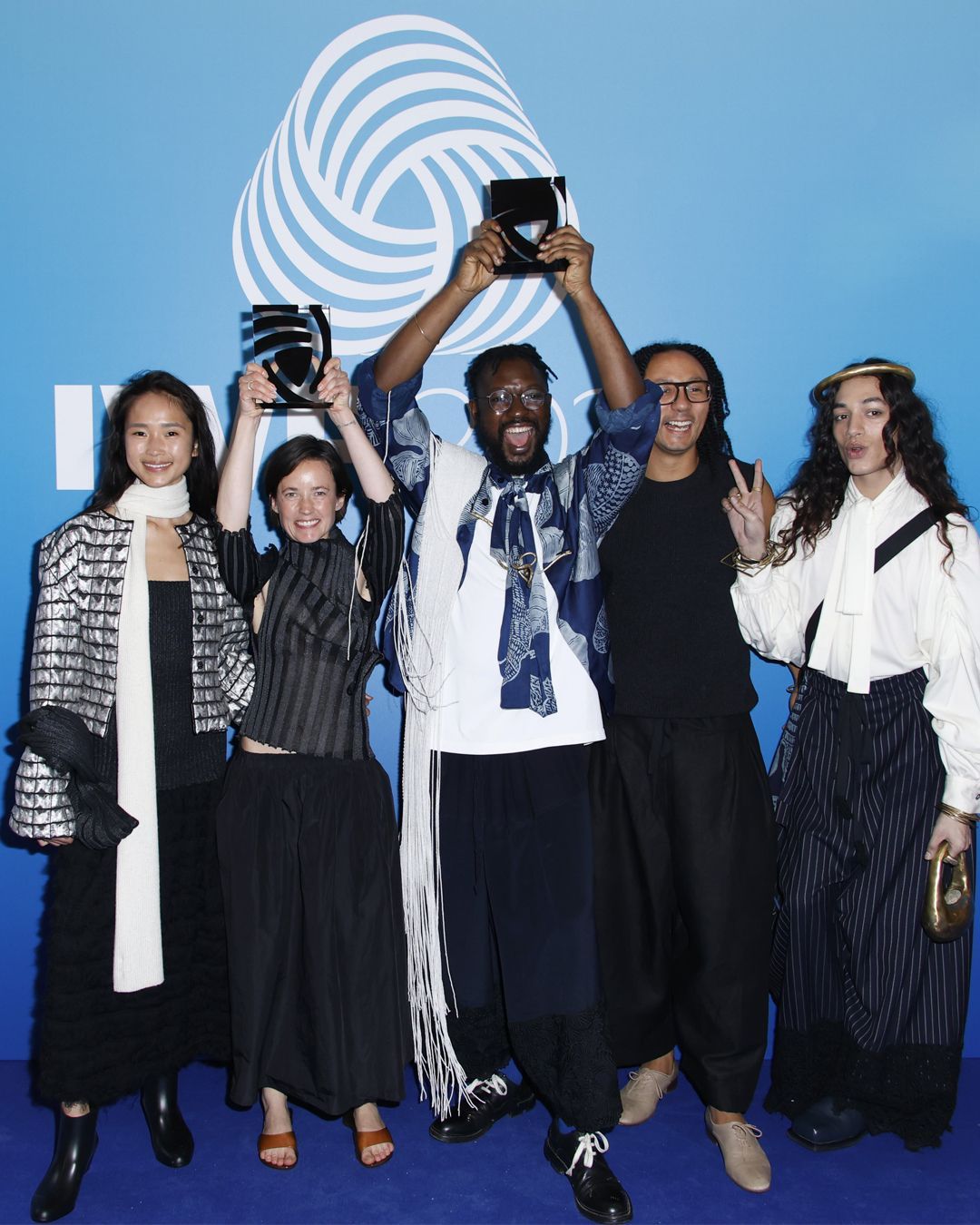
Sportswear as liberation: interview with Saul Nash International Woolmark Prize winner talks about himself and his world
«My mission has always been to create garments cut and designed for movement», says Saul Nash, fresh of his victory of the International Woolmark Prize 2022. «An extension of this is to look at Sportswear within the context of society and challenge preconceived notions around those who wear them». No small task, but one that Nash is prepared to tackle both professionally and personally: professionally because Nash's recent past is in choreography and dance, and personally because sportswear played a very important role in his adolescent years. «In school, trainers and sportswear were massive and I specifically remember all of the trends which were coming up around me whilst I was growing up», expains Nash. «These moments and memories are essential to the stories that I tell because they remind me of where I come from and helps ground my vision in terms of where I am going». A future that is not just an imaginary backdrop but a concrete possibility to be explored through technical innovation. As we said, Nash is a choreographer and therefore his understanding of the ways in which the human body can move provides him with an insight that is the very fuel of his creative process.
«We set out creating garments which are cut for movemen», Nash says of the collection that won him the Woolmark Prize. Dancewear created entirely using merino wool instead of lycra with jacquard fabrics that reproduce the colors of the Guyanese flag in the form of abstract patterns along with a modular trench coat with removable shoulders. The merit of the collection, as we said, is to be able to mix seamlessly practice and theory, research of technological innovation and celebration of its past and heritage, clothes in which to dance but with which to question the sets of social assumptions inherent to the clothes themselves. And the great thing is that, in its extreme sophistication, these clothes seem almost simple but their meanings are multiple. Beyond nostalgia and autobiography, for Nash «sportswear is a symbol of liberation» but this symbolic heritage necessarily passes through research and technology that are «integral, my garments not only have to look good but it is essential that they are able to function».
Highlighting the complete fusion of the emotional-sentimental aspect of creativity with the technical one there is the word «essential», which Saul uses as much in describing the value of research as the importance of the stories he wants to tell. One would think that once he wins this award, the designer would want to run into the future - and in a way he does. « In these growing stages manufacturing can be a difficult, especially as we scale up. The Woolmark prize has been incredible in providing the partners to explore new opportunities with», says Nash. And yet, in a manner typical of the new generation of Millennial designers who are well aware of the critical aspects of a profession that often leaves no room for rest, they don't say they want to rush towards the future but rather to continue at a natural pace, healthy for their creativity: «I do believe taking time if beneficial. The need for constant change in fashion can sometimes cause designers to rush which can often cause us to explore new categories before we are ready to. So, when the time is right, I hope to be able to expand into shoes and accessories».











































